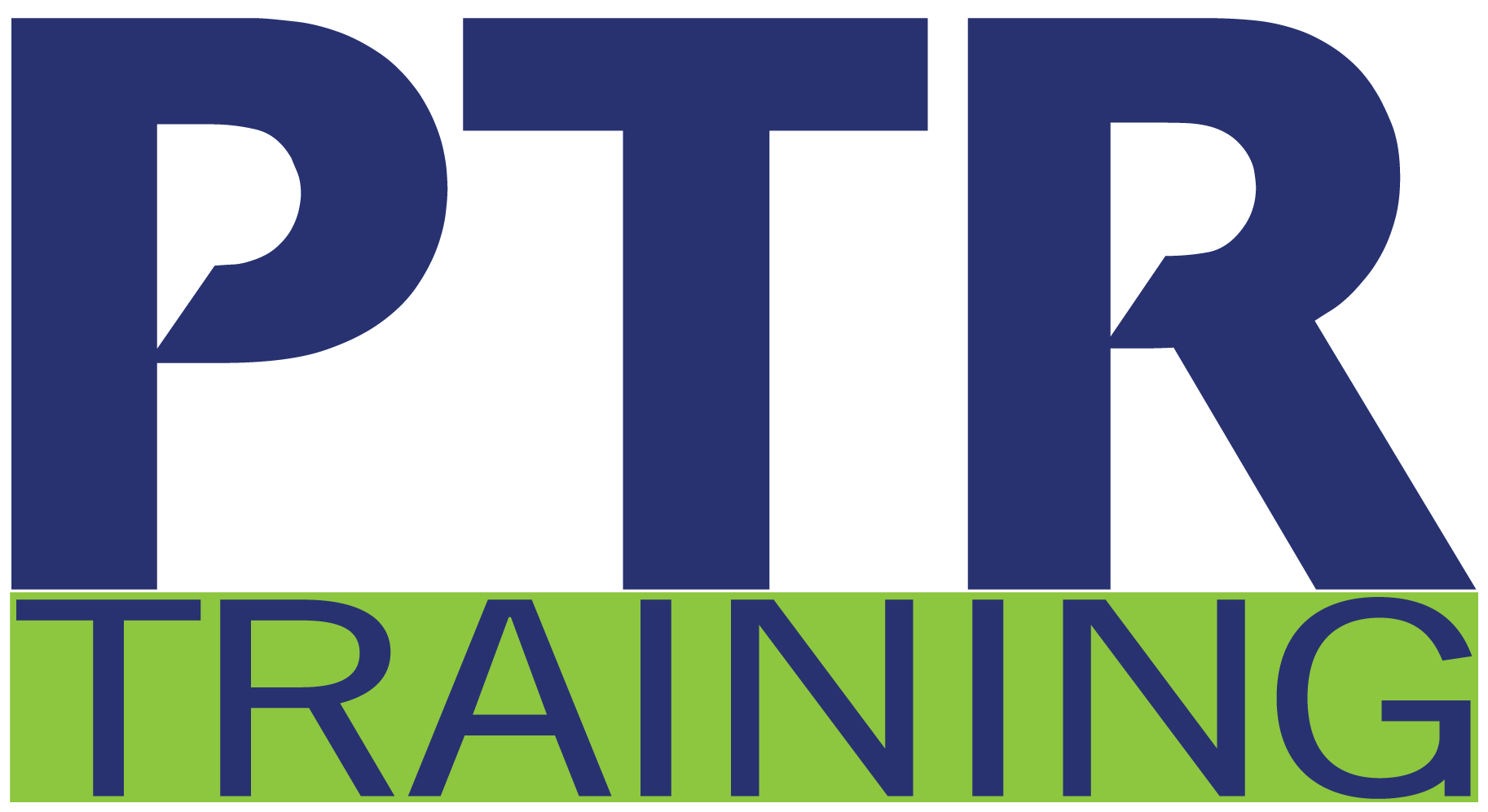Business process management (BPM) is a systematic approach to planning, carrying out, and overseeing organizational business processes. During this high-impact course, we will teach you how to identify, analyze, and optimize existing business processes. You will learn how to streamline workflows, reduce redundancies, automate tasks, and utilize data to monitor performance, ultimately leading to improved productivity and efficiency.
Learning Objectives »
- Understand business process management.
- Apply 6 phases of successful BPM.
- Learn tools for planning and initiating your processes.
- Explore process design techniques.
- Model and test your process for implementation.
- Execute and monitor business processes.
- Optimize processes for continuous improvement and success.
Format Option ⟩ Live Virtual: 4 hrs./1 Day | In-Person: 6 hrs./1 Day
Condensed training of key concepts with limited application, offering valuable insights and takeaways.
Course Agenda
BPM Overview
- Defining BPM
- Key Elements of BPM
- BPM Key Roles
- Task vs. Project vs. BPM
- BPM Lifecycle
- Real-World Applications and Examples
Planning and Initiation
- BPM Strategy
- Types of BPM
- Pros and Cons of Each BPM Type
- When to Use Each BPM Type
- Hybrid BPM Approaches
- BPM Business Case and Roadmap
- SMART Goals
Process Design
- “As-Is” Analysis
- Define the Future Process (“To-Be”)
- Identifying Bottlenecks
- Bottleneck Root Causes
- Manual vs. Automated Reporting
- RACI Matrix – “Who Owns What?”
- Choosing the Right Method
- Swimlane diagram
- SIPOC Diagram
Modeling and Testing
- Mapping vs. Modeling
- From Simple to Detailed
- Business Process Model & Notation
- Decision Trees
- Handling Exceptions
- Testing Processes and Methods
Execution, Monitoring, and Optimization
- Execution Failures
- Deliverables for Execution
- Communication
- Change Management
- Training & Process Adoption
- Deployment
- Tools for Monitoring
- Automating Reports
- Responding to Issues
- Using Data to Drive Improvements
- Continuous Improvements





